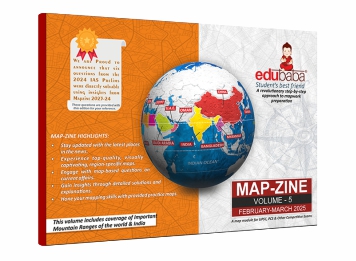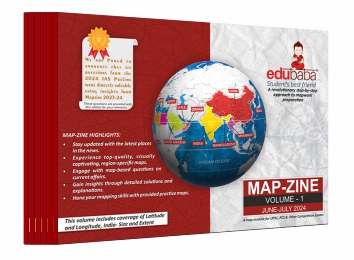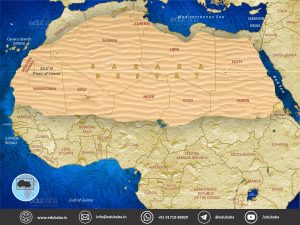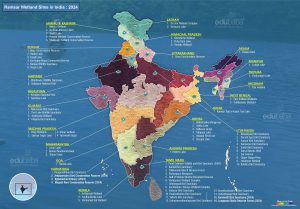Sahara Desert: Everything You Should Learn About
The Sahara, often known as the Great Desert, is the largest hot desert in the entire world. Not only this, but in totality, it is considered the world’s third-largest desert also.
This desert Sahara is spread in the Northern part of the African continent and stretches from the Western side to the eastern side of Africa.
Sahara Desert Area
On the basis of the political map of Africa, the desert covers the complete or partial areas of 11 countries. The countries in which this hot desert lies are Algeria, Tunisia, Libya, Egypt, Sudan, Chad, Niger, Mali, Mauritania, Western Sahara and Morocco.
About the Sahara Desert Geography
Geographically, it’s understood as the subtropical desert and is known for its extremely vast area. According to various sources, it covers an area of approximately 9.2 million km sq. Apart from that, the Tropic of Cancer, (An Important Latitude) passes through almost the middle of the Sahara. Along with this, the Prime Meridian also passes through a part of this desert.
Besides that, the Sahara Desert is specifically known for its high sand dunes. It is also said that the desert region witnesses extreme temperature variations in daytime and nighttime. During the day, there remains scorching heat. In contrast, the desert land becomes extremely cold at night. Due to extreme temperatures and desert properties, the region lacks good vegetation in general.
History of the Sahara Desert
Despite being a desert, the archaeological evidence reveals that this region has a rich history and somewhat civilization. It’s considered a place of various Nomadics and related ethnic groups. There is evidence of various rock arts also. Overall, it suggests that the Sahara desert hasn’t been a desert for eternity. Earlier it might have been a vegetation-rich green area, but due to some climate changes and over-exploitation, it transformed into this harsh desert.
Sahara Desert Boundaries
-
- As we said, the Sahara desert is spread in Northern Africa, therefore it lies to the south of the Mediterranean Sea.
-
- On the North-Western side of the Sahara, Atlas Mountain lies.
-
- Interestingly, this Atlas mountain plays a key role in separating the coastlines of the Atlantic and Mediterranean Sea from the Sahara Desert.
-
- While, on the east side of the Sahara, the natural boundary between Asia and Africa, the Red Sea exists.
-
- On its west side, the Atlantic Ocean lies.
-
- Last but not least, in the south of the Sahara desert, the very famous Sahel Region lies.
-
- Another fact is that the Sahel Region separates the Sahara and the Savannas.











